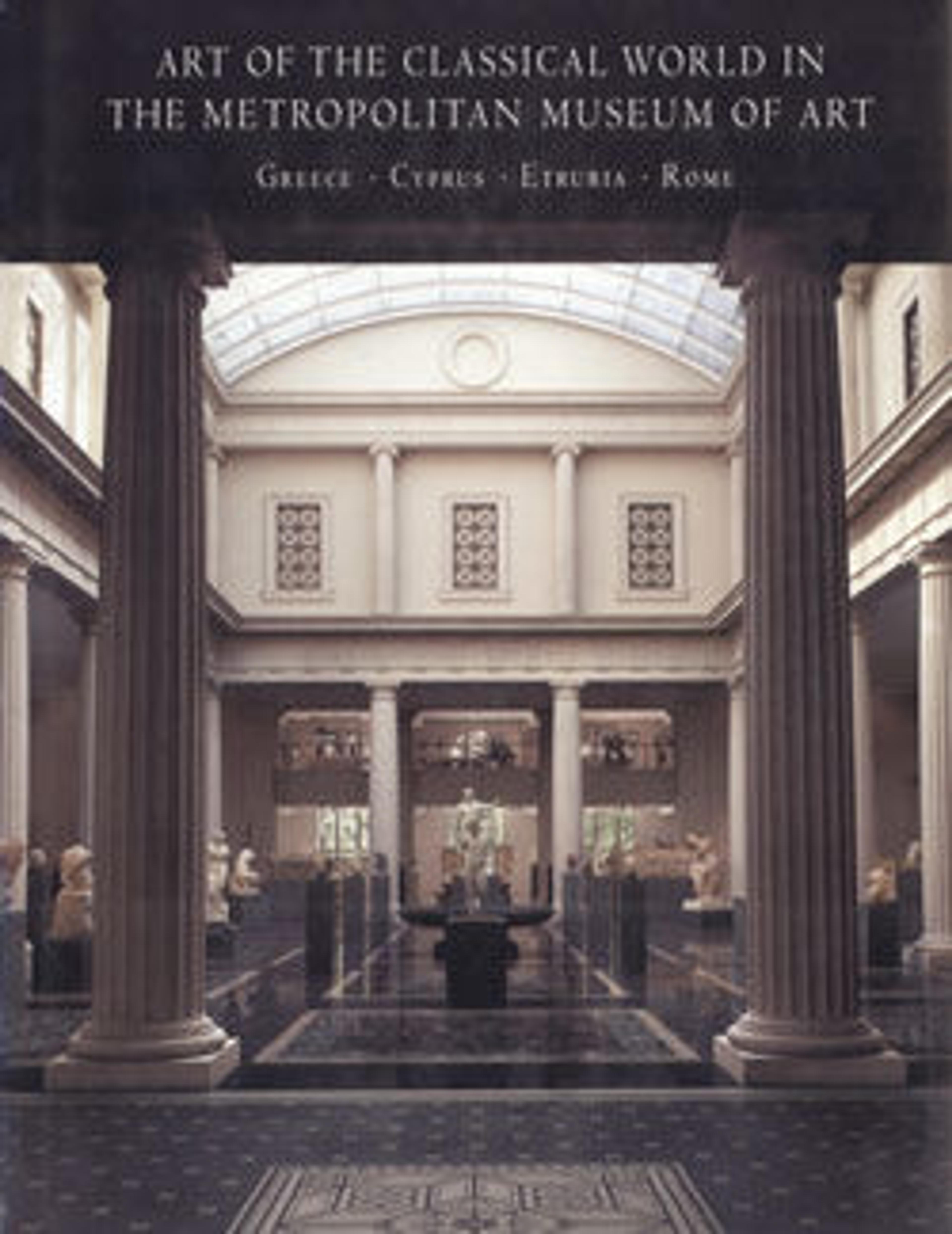Terracotta deep bowl
The deep bowl originated in metal during the Hellenistic period and was reinterpreted in clay quickly and widely. The bust represents Dionysos, god of wine, an appropriately frequent subject for a drinking vessel. Pottery of this type is conventionally known as Calenian, after Cales, a site in Campania. Recent studies indicate that there were numerous centers of production in Italy and wide distribution to both the west and the east.
Artwork Details
- Title: Terracotta deep bowl
- Period: Hellenistic
- Date: late 3rd–early 2nd century BCE
- Culture: Greek, South Italian, Campanian, Calenian
- Medium: Terracotta
- Dimensions: H. 2 15/16 in. (7.5 cm); diameter 6 3/8 in. (16.2 cm)
- Classification: Vases
- Credit Line: The Bothmer Purchase Fund, 2001
- Object Number: 2001.731
- Curatorial Department: Greek and Roman Art
More Artwork
Research Resources
The Met provides unparalleled resources for research and welcomes an international community of students and scholars. The Met's Open Access API is where creators and researchers can connect to the The Met collection. Open Access data and public domain images are available for unrestricted commercial and noncommercial use without permission or fee.
To request images under copyright and other restrictions, please use this Image Request form.
Feedback
We continue to research and examine historical and cultural context for objects in The Met collection. If you have comments or questions about this object record, please complete and submit this form. The Museum looks forward to receiving your comments.
